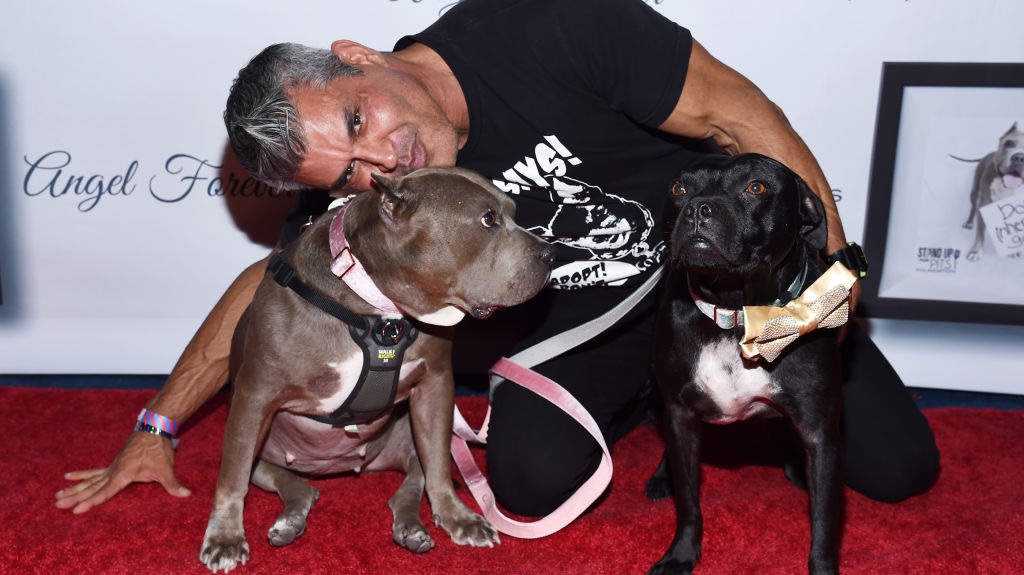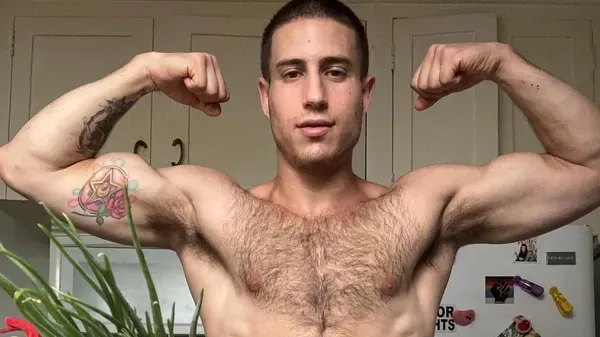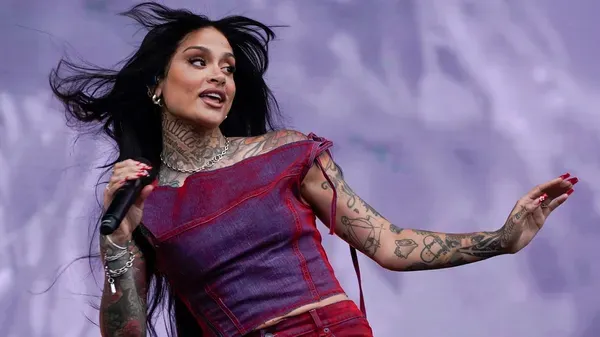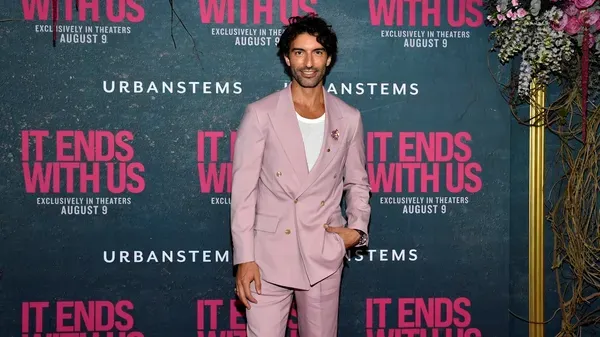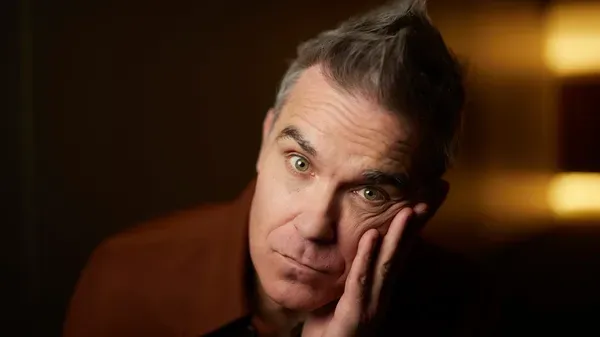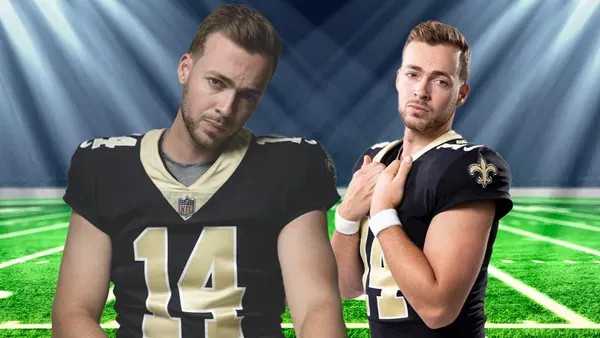Nov 18
How Science Viewed Queer Life in the 1930s Is Explored in Provocative New Play
Kilian Melloy READ TIME: 7 MIN.
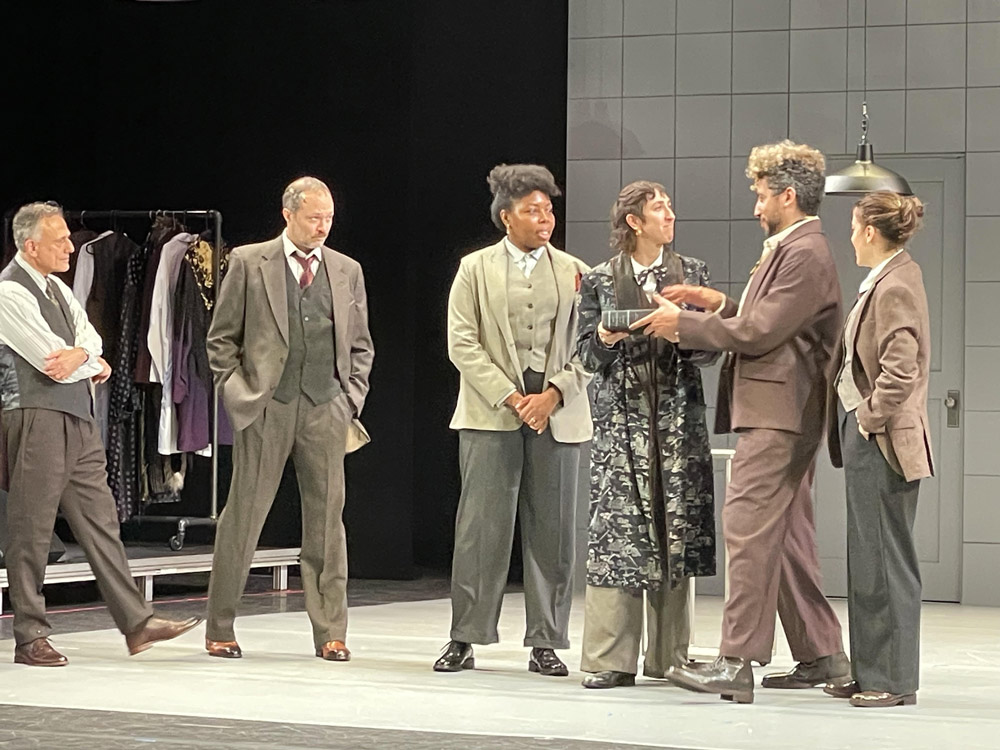
EDGE: The book is a set of case histories, photographs of different people that were queer, genealogical charts to look at their family history and try to figure out whether there was some heritable component to being queer – that sort of thing. Were you able to create some kind of a story throughline?
Steve Cosson: There is a bit of a story that works its way through it. The narrative story that frames the show is the story behind the creation of the book, which is a very interesting and compelling history. It starts with this lesbian journalist, Jan Gay, who visited Magnus Hirschfeld's institute in Berlin in the late 1920s, and from him picked up this questionnaire that Hirschfeld had been using in Germany to document the lives of sexual minorities. Then this Jan Gay goes on to interview, I think, 300 lesbians... maybe more, maybe less. But Jan Gay found that she couldn't publish the work unless it was under the auspices of a doctor. You couldn't just say, "Hey, here are the words of a lesbian, this is what she has to say." It had to be in some kind of medical framing. That's what kicks off the whole story. There's also a gay male participant in the study. I won't give away too much, because that's a story that unfolds throughout the show. But, yeah, it was fascinating stuff to research.
EDGE: Putting that subject matter into a medical framework potentially had the effect of pathologizing, as well as medicalizing, simply existing as a queer person. Is that something that you see as potentially problematic now?
Steve Cosson: What's always interesting about looking backwards is you see everyone's biases and how things that changed over time. These doctors back in the 1930s are looking at queerness through the lens of pathology or maladjustment. I mean, they thought they were being very progressive, and that they were advocating for therapy over prisons. We have in our show a kind of metatheatrical frame where the actors talk directly to the audience about what they're doing, so you have the contemporary company that has a similar point of view to our contemporary audience, and, through them, we mediate the history of this study – particularly the medical pathologizing aspect of it.
My hope is that audiences will see all sorts of resonances with the present, particularly with all the anti-trans stuff going on in politics and culture. The idea of conversion therapy hasn't disappeared. It's still kicking; kids are still shipped off to camps where they try to make them straight against their will. It's still real.
EDGE: And it's less than a half a step from where we are now, banning books from libraries, to finding ourselves in Magnus Hirschfeld Institute when the books are being burned in the courtyard.
Steve Cosson: There's a moment about that in the show. There's film clips of the of the burning of libraries, and we see in the show.
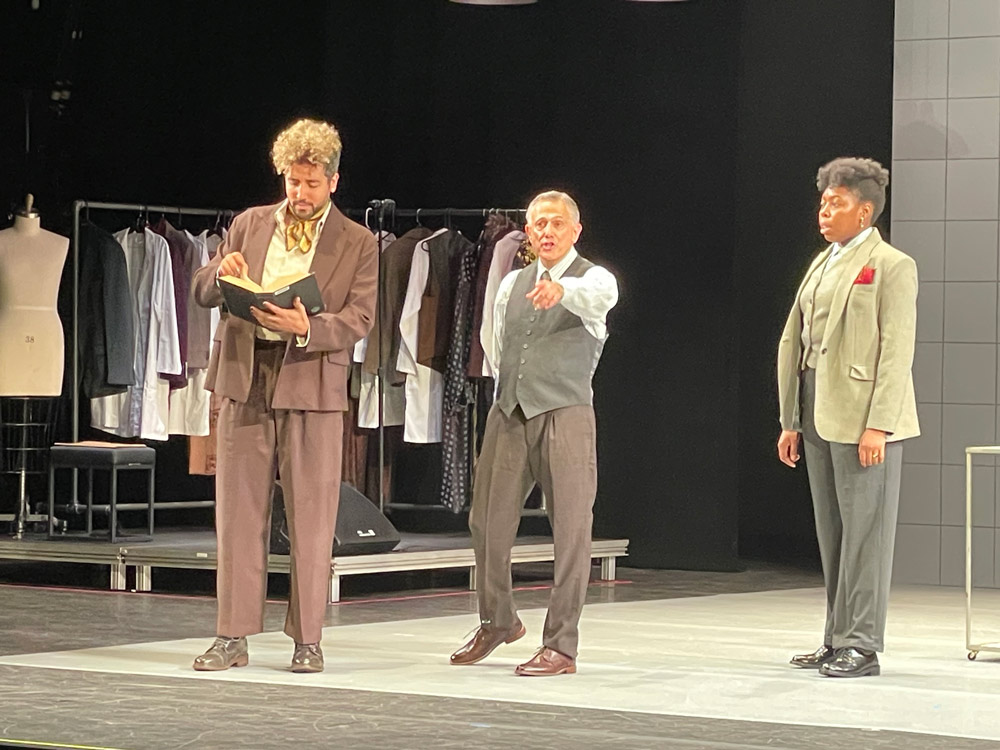
EDGE: The show sounds like quite a multimedia experience.
Steve Cosson: It is certainly a multimedia experience.
EDGE: I read an interview with Jessica Mitrani and Attilio Rigotti, who worked with you on this play as it was being developed. Mr. Rigotti is a video game designer, so is the visual element here to establish an environment, or is it to illustrate what's happening in more metaphorical, dynamic, and colorful ways?
Steve Cosson: I think the main thing that the video projections will be doing is giving the audience a good visual way into the book. The book has all kinds of interesting visual elements. There's a large appendix in the back where one of the doctors involved did very detailed drawings of many of the female participants' genitalia and other parts of their bodies. We don't spend too much time with that, but it is definitely a moment.
Jessica Mitrani is credited as a co-conceiver. In the early stages of this project, when I was developing ideas of how we might adapt this book, she was my partner in crime on that project. We taught a whole course at Princeton, this kind of workshop class program that they have, where Jessica and I and a group of Princeton students spent a semester trying to do strategies to adapt the book. We learned a bit from that as well.
EDGE: Are there plans already cooking to get this play into other cities?
Steve Cosson: Yeah, we would very much like that to happen. It's a short run in New York – it's two weeks. It would be great to have a longer engagement in New York at some point.
We've conceived of the show as something that could tour. I think there are still institutions out there in in America that that could present something with this kind of content. We'll definitely be giving it the old college try.
b>The world premiere of The Civilians' "Sex Variants of 1941 – A Study of Homosexual Patterns" runs Nov. 14 - 24 at NYU Skirball. For tickets and more information, follow this link.
Kilian Melloy serves as EDGE Media Network's Associate Arts Editor and Staff Contributor. His professional memberships include the National Lesbian & Gay Journalists Association, the Boston Online Film Critics Association, The Gay and Lesbian Entertainment Critics Association, and the Boston Theater Critics Association's Elliot Norton Awards Committee.
